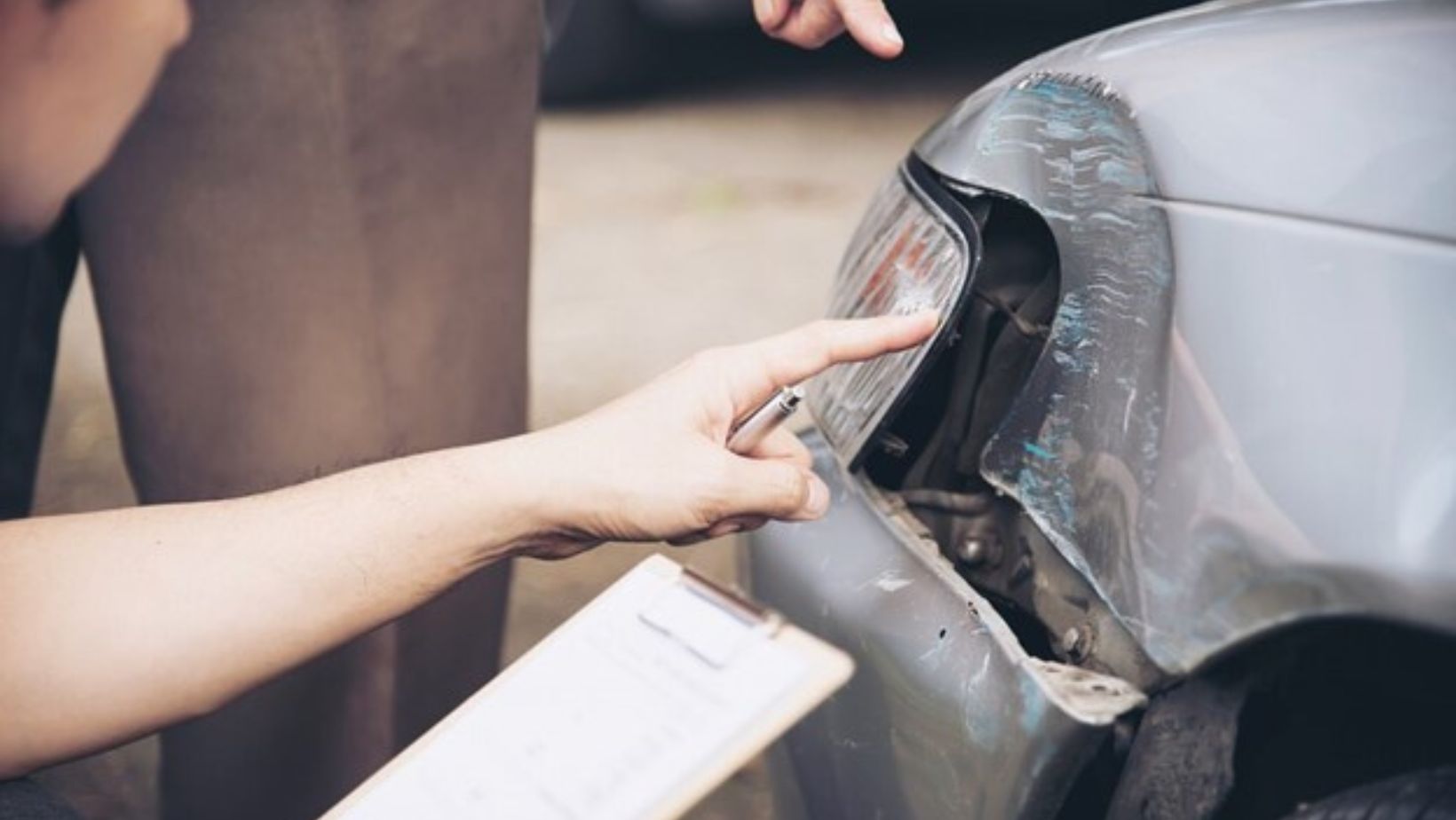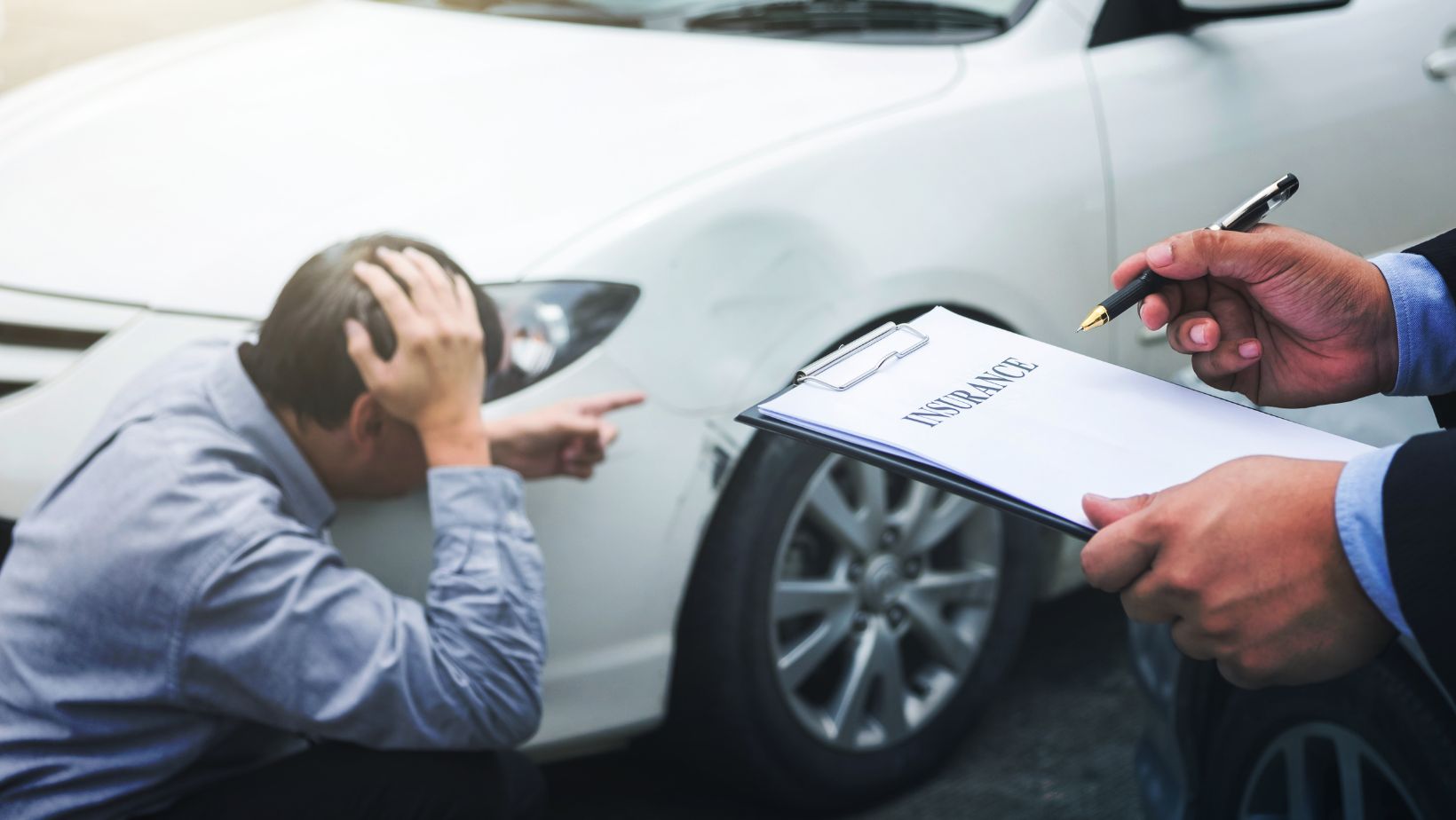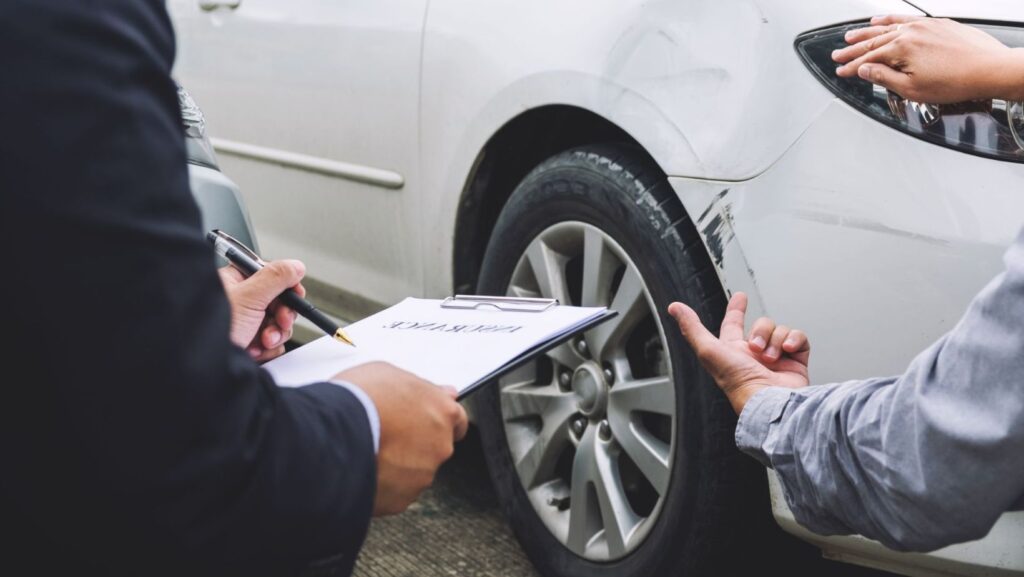The US is among the busiest countries in the world in terms of road traffic. It is, therefore, no surprise that there are more than 12 million cars involved in accidents annually as of 2019.
Being involved in any car accident can be stressful, painful, and expensive. After a collision, figuring out who was legally at fault is a critically important part of the car accident claim process. This will decide how much compensation the at-fault driver’s insurance must provide.
Fault determination hinges on investigating the accident circumstances and gathering convincing evidence regarding negligence and liability. Here is how fault is determined after an accident:
Police Reports
Official police reports contain critical details about an accident, including diagrams of the scene, a summary of events, witness statements, and potential citations issued.
This information comes from an impartial third party, so it carries significant weight in deciding fault and liability.
Insurance companies and courts refer to the accident description and officer determinations outlined in these reports when making conclusions.
Eyewitness Accounts
Independent bystanders and eyewitnesses often provide vital perspectives, clarifying the fault in an accident. Their observations help create a sequence of events leading up to the crash.
This consensus viewpoint persuasively indicates legal liability if multiple credible eyewitnesses corroborate the same general description of how the accident unfolded and who seemed at fault.
Skid Marks and Vehicle Damage Patterns
The physical marks left on the roadway and vehicle damage patterns provide clues regarding movements and positioning before the impact occurred.

Accident reconstruction specialists can analyze skid mark shapes and locations to deduce each vehicle’s course of travel.
Additionally, the apparent areas of crushing and denting expose which sections made contact. This demonstrates the angle of the collision and helps determine negligence. These tangible pieces of evidence circumstantially show how fault lies within the accident.
Video Footage
Video recordings from street cameras, traffic cameras, business security systems, dash cams, and even mobile devices often capture the accident from helpful vantage points.
Analyzing and analyzing this impartial footage confirms how the incident indeed developed. Experts can also estimate vehicle speeds based on the distance traveled over video intervals.
Black Box Data
Vehicles now contain a black box, which monitors and transmits various mechanical parameters in the moments leading up to a crash. Data points recorded can indicate vehicle speed, brake usage, throttle application, seatbelt status, and more.

The objective telemetrics information from a black box delivers precise insight regarding critical driving inputs and functioning in the chaotic seconds before a collision. Experts use this to accurately reconstruct scenes and highlight improper driving that indicates a legal fault.
Statements from Drivers and Passengers
While inherently self-serving and subjective, the accident participants’ explanations remain relevant when deciding fault.
Overlaps and consistencies between the drivers and passengers’ versions of events help substantiate a typical fact pattern of liability-assigning actions like speeding, distraction, failure to yield appropriately, etc.
Disputes also arise over specific details that legal and insurance professionals must weigh based on supporting evidence.
Settling Disputes Outside Court
Even with thorough investigations and gathered evidence, disputes still commonly remain. In these cases, seasoned legal representatives will negotiate, hoping to reach a mutual agreement. These settlements aim to avoid lengthy courtroom battles that lack definitive outcomes.
If a settlement isn’t reached, the case proceeds to litigation, with a judge or jury issuing a binding verdict after analyzing the evidence thoroughly.
Final Thoughts
A meticulous gathering and weighing of physical evidence, accounts, data, and documentation allow liability to be rightly assigned so that negligence is countered and losses remedied as the law intends. Experienced legal guidance helps drivers find order after accidents.


More Stories
Creative Problem Solving Using Design Thinking
The Misconception Of “Free” Web Data
Başarıbet Slots Guide: Most Played Games and Payout Insights